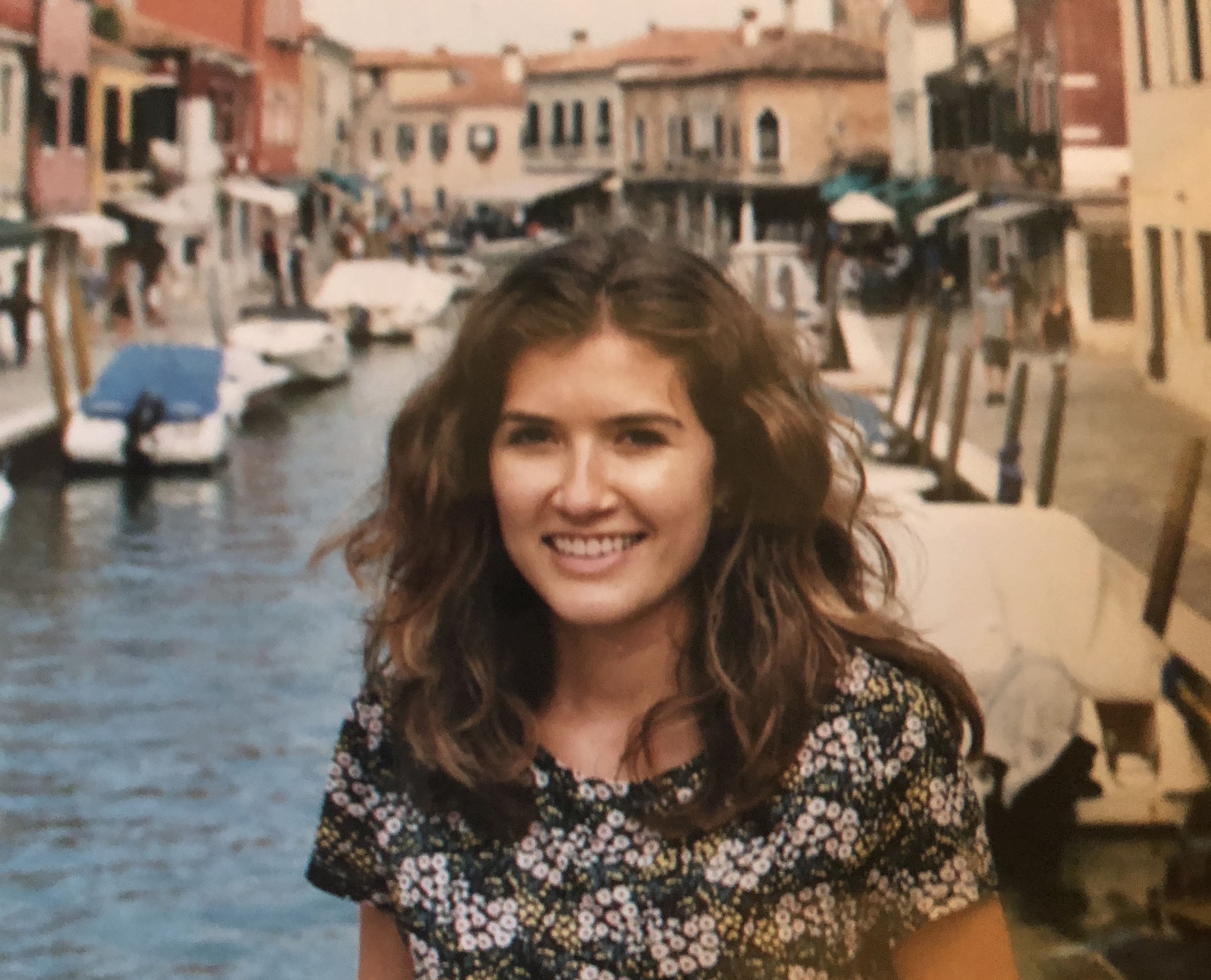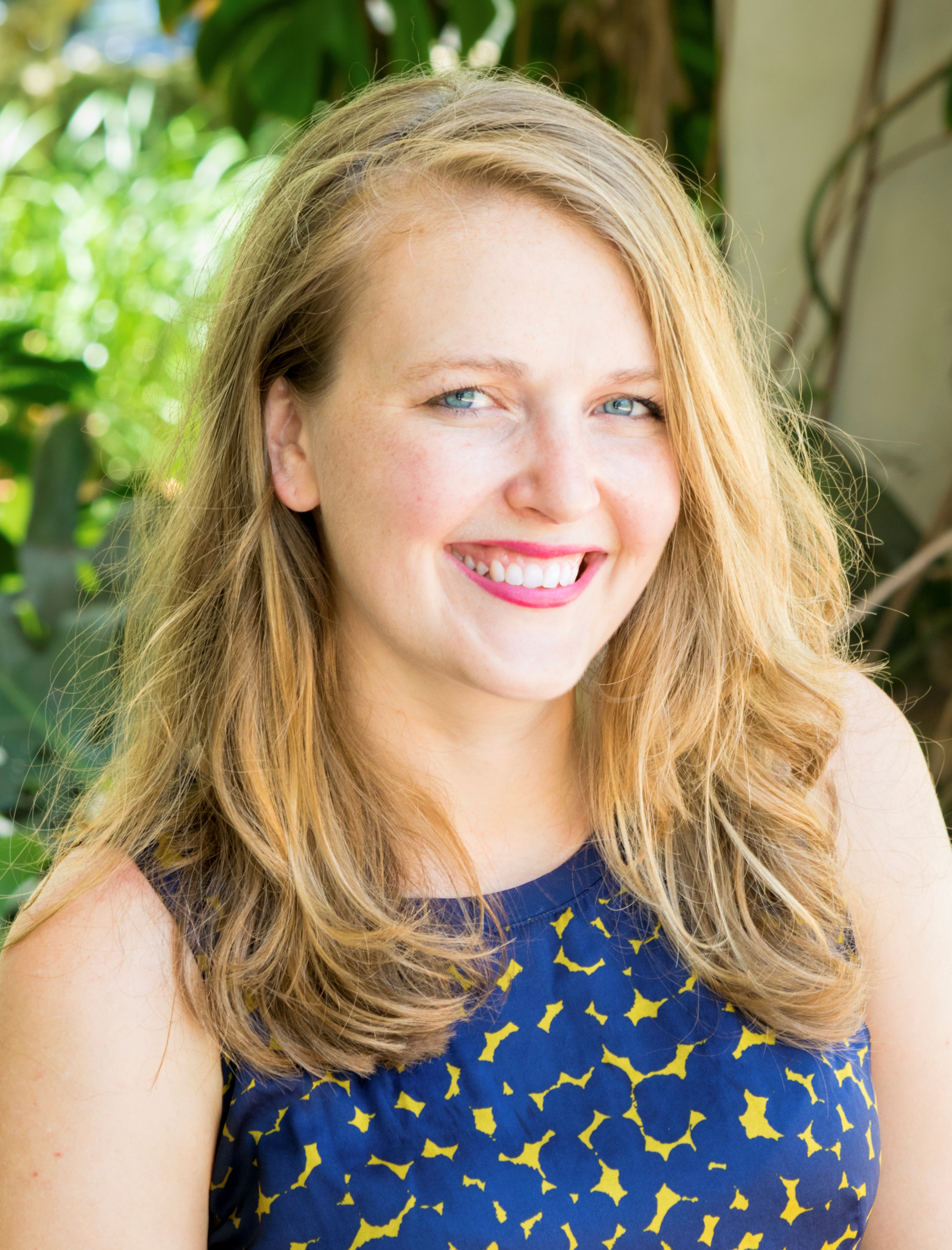November 4, 2019
Anna Bennett, Ph.D. Candidate in History:

For most people fortunate enough to visit the floating city, Venice, Italy is a romantic vacation destination, a beautiful and unique preservation of premodern life. But for me, Venice is a place for work and study. With support from the UM Department of History, over the past three years I’ve been able to travel to Venice to examine witchcraft and anti-magic trials in the records of the Venetian Inquisition, today kept in the Archivio di Stato di Venezia, the city’s state-run archive set in a grand former Augustinian monastery in the San Polo district. Thanks to a grant from the Gladys Krieble Delmas Foundation’s Venetian Research Program, this past summer I was able to return to the Venetian state archives to finish up my dissertation research.
As a whole, my dissertation analyzes the material culture of magic and the spiritual realm in early modern Venice, focusing on the period from the late sixteenth century, when witchcraft trials vastly expand in the archival records (reflecting the European witch craze more broadly), until the mid-eighteenth century, when anti-magic cases begin to decline significantly in the historical records. It’s a rather large chunk of time that I am referring to throughout my dissertation as the long seventeenth century. Most all studies of witchcraft and magic in Venice end at 1650, so broadening and shifting the chronology later is very important to my dissertation project, as I am arguing that popular beliefs about the spiritual realm, encapsulated in magic practices and their prosecution by the Venetian Inquisition, remained a vital part of popular culture and daily life in Venice for at least a century after most scholars have ended their discussions of the subject.
This final foray in the archives allowed me to accomplish two important tasks: using Geertzian “thick description” to really dig deeply into these anti-magic cases and record details of the particular kinds of objects, spaces, measurements, and other elements of material culture that accused practitioners of magic were described as using in their popular rituals, and exploring later Inquisition trials, those that occurred between 1750 and 1794—the year of the tribunal’s dissolution in Venice—to investigate why anti-magic cases began to decline around the middle of the eighteenth century. This process involves close reading of the court documents, which are written in a mixture of Latin, premodern Italian, and Venetian dialect, paying special attention to the aspects of material life that are described within testimony. The array of objects used in the course of Venetian magic is truly fascinating: explicitly sacred items like communion wafers, holy oil, bones, and rosary beads mingled with ordinary household goods like beans, wax, herbs, and needles as powerful tools of magic. Occasionally I got really lucky—the tribunal sometimes seized offending objects as evidence and included them in the trial record to demonstrate the accused magic practitioner’s guilt—and opened a case file to find actual objects: things like consecrated communion wafers, a playing card, a tiny, yellow silk pouch that once contained a magical powder. But even when the material things associated with the practice of magic didn’t end up in the documents, trials from the long seventeenth century often contain detailed descriptions of this material culture of magic, demonstrating to me the tangible—and frankly commonplace—role that magic played in daily life.
The lack of these rich details in later records proved just as important to my research, however. I was very puzzled at first to find a rather sudden decline in the number of trials focused on witchcraft and other kinds of popular magic beginning around the year 1730; by 1750 anti-magic cases were almost non-existent among the Inquisition’s proceedings. This raised several questions: Were people practicing magic less often? In the Age of Enlightenment(s), were popular beliefs about the power of the spiritual realm rapidly declining, as conventional historical narratives have often suggested? My research this past summer has given me the evidence to conclude that this is not the case. As I studied the final boxes of eighteenth-century Inquisition records this summer, I found a notable absence: women! While the majority of anti-magic cases prosecuted during the long seventeenth century involved women, either as accused witches, as denouncers, or as witnesses, women rarely appear in any of these roles in trials conducted after 1750. I do not believe that this means women suddenly stopped practicing magic, or witnessing it, around the mid-century mark. Instead, I argue that female voices were being steadily removed from the Inquisitional discourse on acceptable uses of the spiritual realm within daily life. These findings will help me make some important conclusions about how Venetian magic, and social and institutional attitudes toward it, changed (or didn’t) over the course of the long seventeenth century.
My time in Venice this summer allowed me to round out my dissertation research in really helpful ways, and like in all my research trips over the past three years, living in Venice was just as much a learning experience as studying in the archives. My commute to and from the archives each day involved a long walk and the occasional canal crossing via traghetto—a stripped down gondola that will help ferry people across major points along the Grand Canal for just two euro. I went for a run each morning out to the public gardens, a route that took me through the Piazza San Marco and past the Doge’s Palace. I also joined a local running group and ran with locals every Thursday evening, and joined them in a 10k race called the Quasi Night Run that wound its way through the labyrinthine city streets at dusk on a Friday in mid-June. As summer weather set in, I quickly learned to apply insect repellent before heading off to the archives in order to keep away the monster-sized mosquitos that haunt the archive’s courtyard (and more often than not, the reading room) during the long, humid Venetian summer. Living and studying in Venice is a truly immersive experience, and one that I feel fortunate to have had several times over the past three years. While I’m finished with my dissertation research, I’m looking forward to returning to Venice next May—this time to present some of my findings on the role that human hair played in Venetian witchcraft trials at a conference on “Hairy Things in Medieval and Early Modern Europe.”







